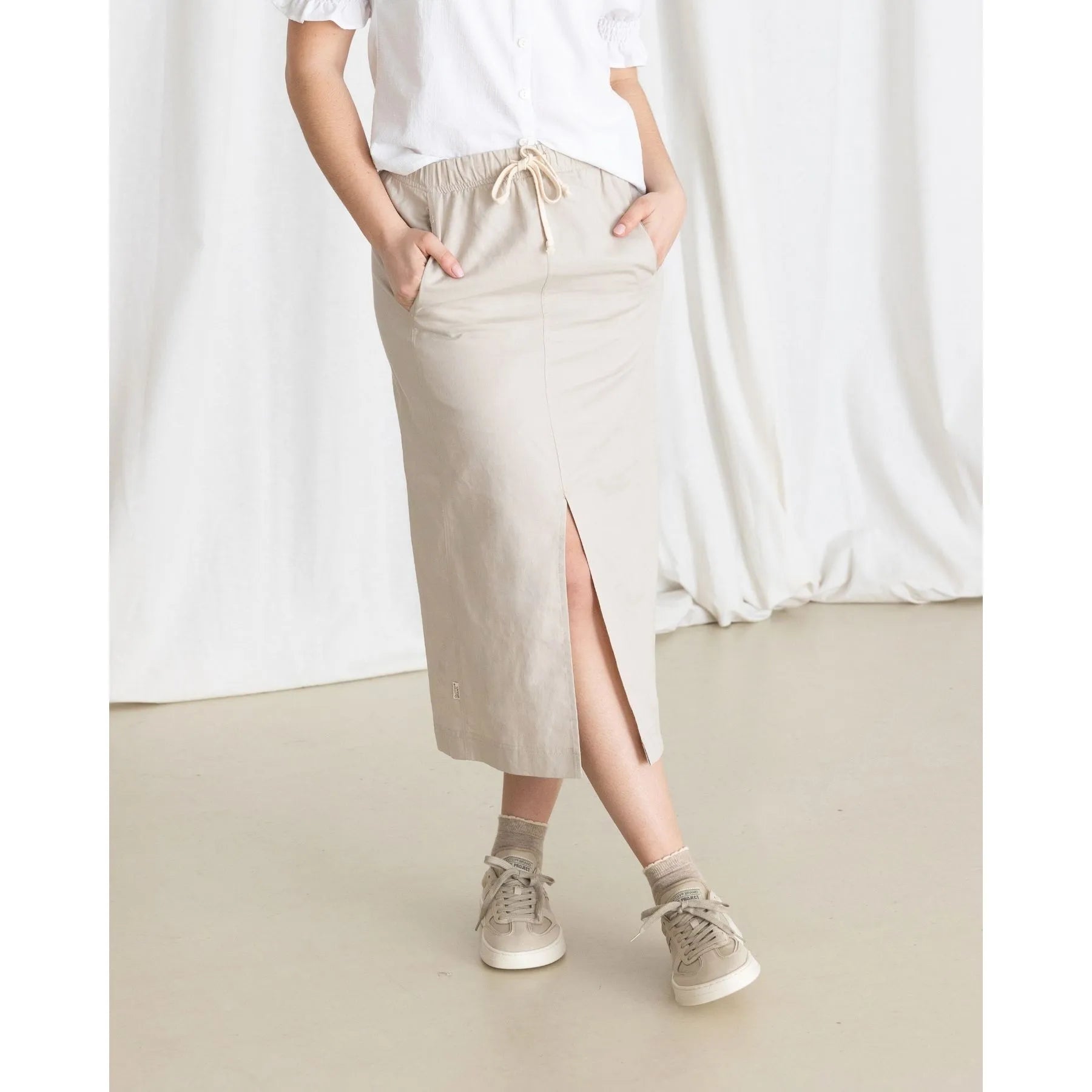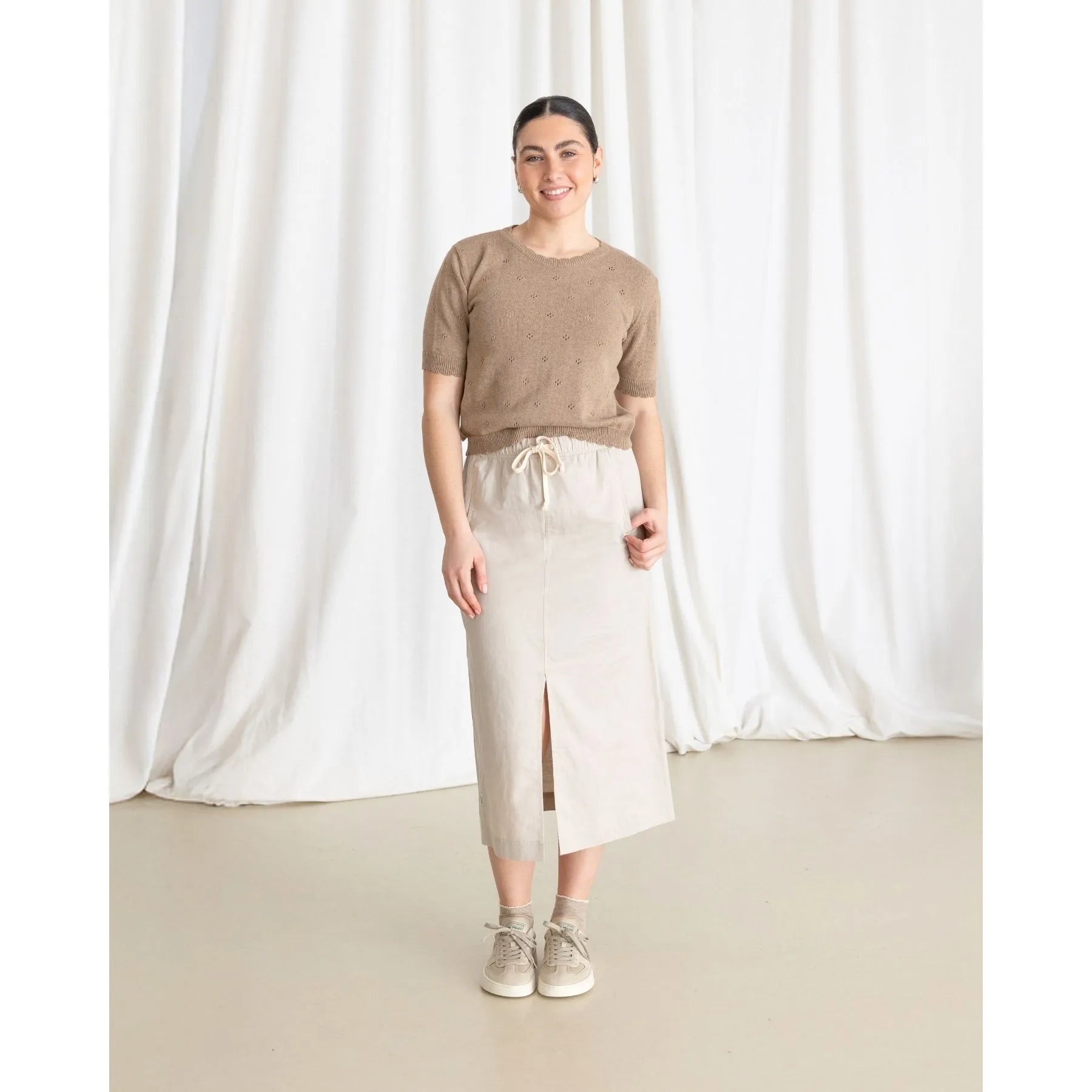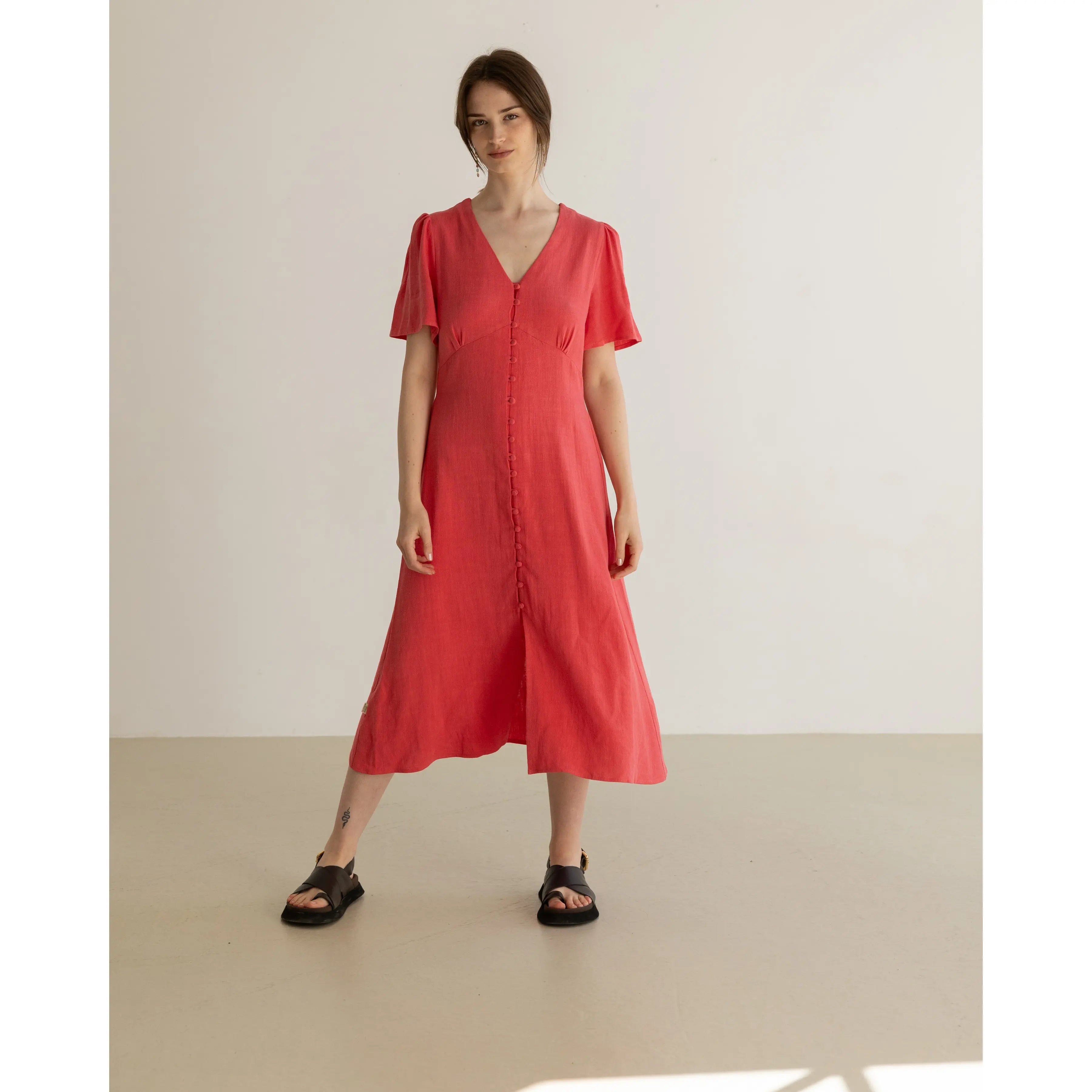Tencel fabric, commercially known as Tencel Lyocell, is a vegetable fabric made from eucalyptus wood. A soft fabric required by many fashion designers because it is highly organic.
Thanks to this 100% sustainable innovation our environment, now in a small percentage, biodegradable fibers do not pollute the earth, but rejoin it without contributing to pollution.
What is Tencel fabric?
This cellulose fiber, similar to cotton, offers high quality in its texture, being ideal for making garments because it allows moisture to pass through its fibers to the outside.
Because it is made from recycled fibers, it does not have a negative impact on the environment. Even in the course of spinning at the time it is manufactured, the water is recycled, making the fabric recyclable.
This fabric was first used in the United States in the early 1970's. And the reason it is so popular is because of its great potential, providing extreme strength. In addition, because it is natural, it has a soft weave that is ideal for people with sensitive skin.
Even having a lot of flexibility, it has the possibility to be transformed into incredible models of garments, and to be produced with conventional machines, mixing it with other fibers, significantly improving its comfort.
The pigmented color in the fibers, retain the color for a long period, even more than the fiber dyed as usual and after several washes still retains the pigment.
Tencel fabric is innovation, sustainability and biodegradability. The best choice for sensitive skins and for our planet, being a material obtained entirely from nature.
How is Tencel generated?
In the manufacture of all the components used are environmentally friendly because everything is of organic and recycled origin. Eucalyptus wood residues are used, however, oak or birch residues can also be used.
Then, the pulp is extracted and the fibers are produced. So this fabric is made from recycled wood fibers and because it is composed of a biodegradable material, it will be part of the earth over time.
Its entire production takes about 2 hours and 30 minutes, from the time the wood is extracted to the carding process, where the fibers are mixed. All this productivity, compared to other processes, only uses energy and water.
Eucalyptus or oak wood can be said to be completely healthy and free of harmful by-products, because it is extracted from tree plantations where pesticide application is not necessary.
And by not using toxic pesticides, it does not significantly increase pollution,
What type of material is Tencel?
Fibers are highly transformable, because it is possible to mix them with a great variety of textile fibers. In this group we can find acrylic, cotton, wool, silk, and polyester. It is advisable to combine Tencel fiber with silk to perfect its aesthetics and improve its functionality.
However, it is important to note that the fiber offers great resistance, extracts moisture and provides extreme softness. It is also sustainable, silky, durable and biodegradable.
In fact, fiber can also be obtained from other ways, however, it is less practical.
Now that you know where this amazing fiber comes from, we recommend you purchase garments of this type to avoid the spread of environmental pollution from overconsumption of non-biodegradable garments.
Benefits of Tencel
- Environmentally friendly: it requires a minimum use of water and energy for its manufacture, in addition to being biodegradable and sustainable. It does not increase pollution as it is a recyclable material.
- Cool, for the hottest days: due to its absorption capacity in the presence of moisture, it will help keep you cool even on the hottest and sunniest days.
- Respectful of your skin: no more skin irritations thanks to its softness. Suffering from scratchy fabrics will come to an end, because it is produced with the purpose of not hurting your skin. Even to perfect its softness, the fiber can be blended with cotton and silk fibers.
- It does not wrinkle or shrink: one of its great benefits is that it is not easy to wrinkle and no ironing is necessary. Just air dry and fold your garments or sheets as you normally do will be more than enough.
- Machine washable: it does not require any special care, you can wash your sheets as usual. However, we recommend washing in cold water and tumble drying at a low temperature, this helps the fabric and color last much longer.
- If you buy tencel sheets for example, you will sleep better: it is proven that during those hot nights it is better to have fabric sheets in your bed. Because of their ability to adjust your body temperature, keeping you cool and sweat-free all night long, all your nights will be cooler!
This fabric is highly recommended due to its absorption capacity and durability, even this capacity is much higher than linen and cotton.
Why is Tencel so important?
This does not end here, the possibilities that this fiber has are really diverse. There are towel factories, where its fiber is Tencel. There is also sportswear and underwear, but this fiber is much more common in the production of home textiles and in the fashion world.
We must emphasize that it is not the only type of fabric existing in the world, there are several types, which also its sustainability is affected by the massive production and the amount of toxic chemicals needed for the fibers.
Worst of all, fabric debris can reach the water, polluting it and accumulating over time, as they are not biodegradable.
For this reason, it is so important to be aware of the pollution that certain fabrics cause and opt for fabrics that do not affect the environment in a massive way, causing terrible consequences almost irreparable. In addition, it is also important to bet on slow fashion.
Conclusion
Now that you know where it comes from, its possibilities and advantages, do not hesitate to purchase highly biodegradable garments and textiles such as tencel. We recommend you not to buy clothes that you do not need and that you will stop using in a short time. A first step is to start changing the basic clothes in your capsule closet for sustainable fashion.
Look for the best alternative, always choosing ecological and sustainable clothing, buying clothes in second-hand stores and building a new closet with sustainable fabrics.
Do you dare to use Tencel fabric?














Leave a comment